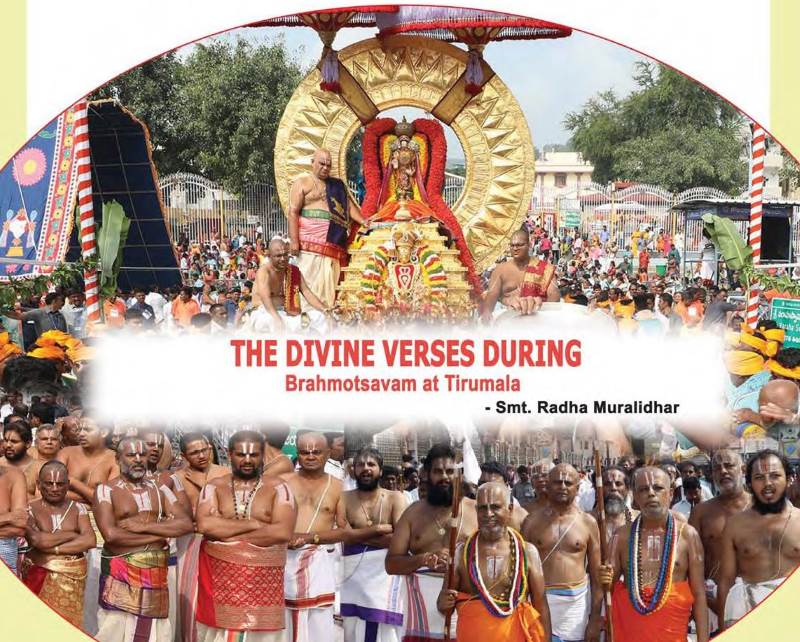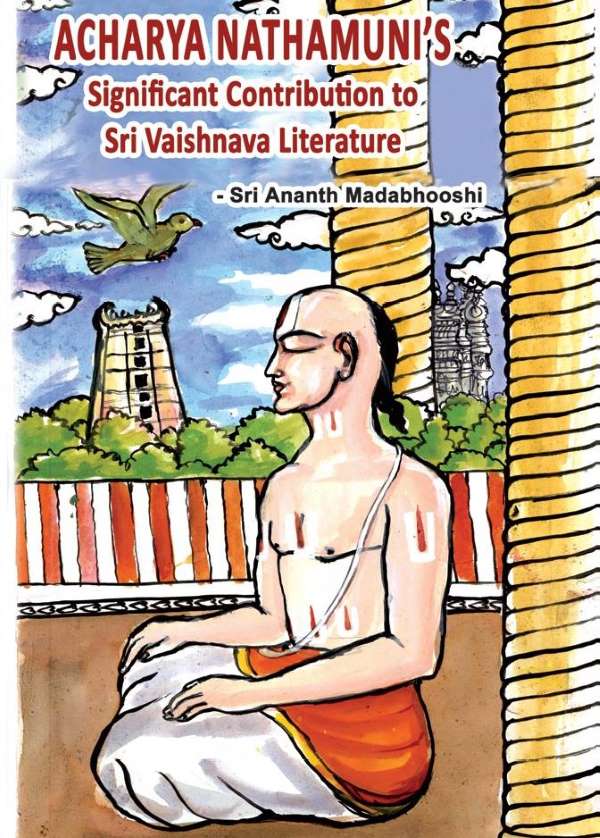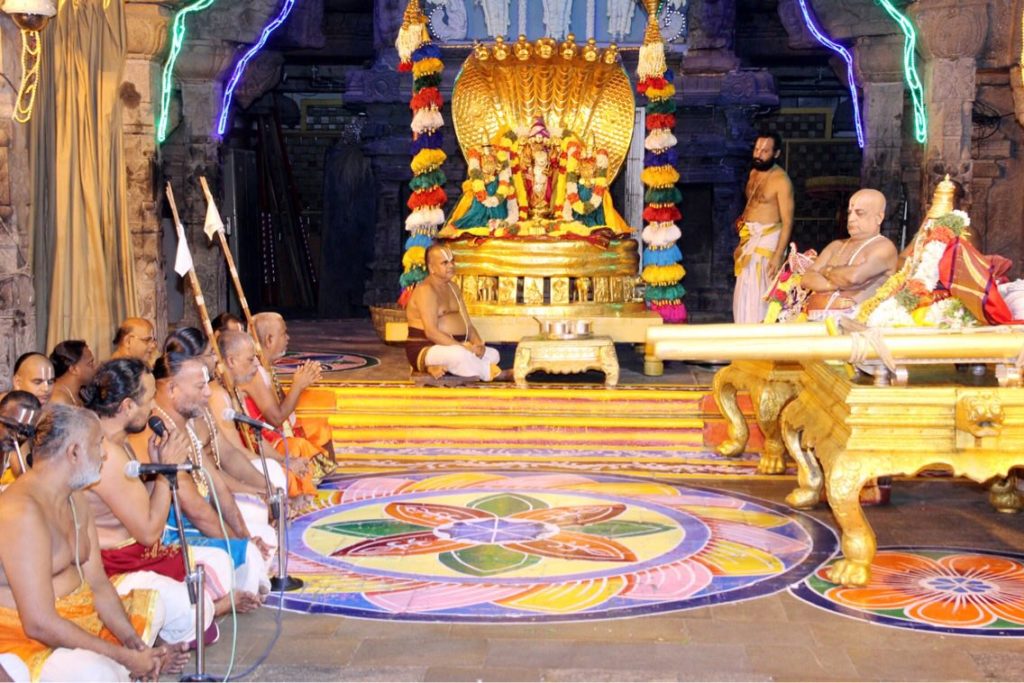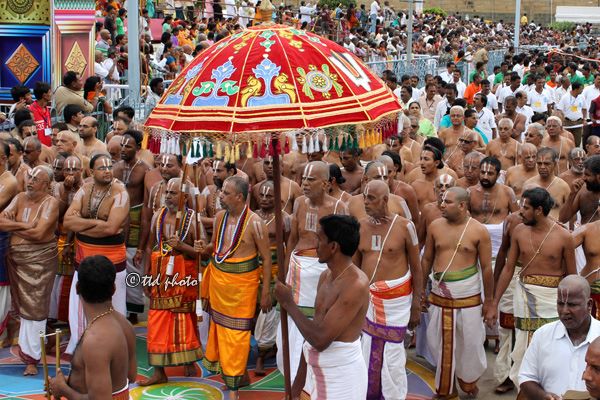4000 Divine Verses Srivari Brahmotsavams Srivari Brahmotsavams of this year will be celebrated between 4th October and 12th October 2024. The holy Thiru Vengadam Hills, perhaps the most famous place of pilgrimage, always carries a festive atmosphere with the crowds pouring in from all parts of the world and this vast land of ours. To Read More
Tag: Divya Prabandham
“Nalayira Divya Prabandham” with its four thousand pasurams (songs) are very famous in Tamil literature. It was sung by twelve “Alwars” who are Vaishnava devotees. They are also called Divyasuras, Paramayogis.
Sri Ranganathamuni – Contribution to Sri Vaishnava Literature
Sri Ranganathamuni Acharya Sriman Ranganathamuni, also known as Sri Nathamuni is accorded the principal position in the grand lineage of mentors or Acharyas of Sri Vaishnava tradition. The available annals and chronicles trace his birth year as 823 CE. It is now exactly 1200 since he descended on the earth. Acharya Sriman Nathamuni championed the Read More
Adhyayanotsavam at Tirumala
Adhyayanotsavam The Lord of Seven Hills is worshipped every moment in the form of one or the other seva or Utsavam (procession). These utsavas provide a blissful experience to the devotees. Around 1000 years ago, the famous Sri Vaishnavaite, Bhagavad Ramanujacharya also visited the divine shrine and made arrangements to assist in the performance of Read More
Recitation of Vedas and Divya Prabandham in Sri Vari Temple
Recitation of Vedas and Divya Prabandham in Tirumala Temple According to Hindu Theology, there are fourteen worlds. All these fourteen worlds are one empire. For this empire, there is one emperor. All the living beings are His subjects. The empire is eternal and the emperor is also eternal. If there is an empire, an emperor Read More
Madhurakavi Alvar – the incarnation of Vainatheya
Madhurakavi Alvar Madhurakavi Alvar (Chitra – Chitrai) Madhurakavi (Sweet poetic), the incarnation of Vainatheya (the divine bird) was born in the year Easwara, Chitrai month, Sukla Paksha, Chaturdasi day (Friday) in the constellation of Chitrai at Tirukkolur in the Pandya Kingdom. He was well-versed in Tamil and Sanskrit, was of excellent conduct and devoted to Read More
Adhyayana Utsavam
Adhyayana Utsavam The Lord of Seven Hills is worshipped every moment in the form of one or the other seva or Utsavam (procession). These utsavas provide a blissful experience to the devotees. Around 1000 years ago, the famous Sri Vaishnavaite, Bhagavad Ramanujacharya also visited the divine shrine and made arrangements to assist in the performance Read More




